Premium Only Content
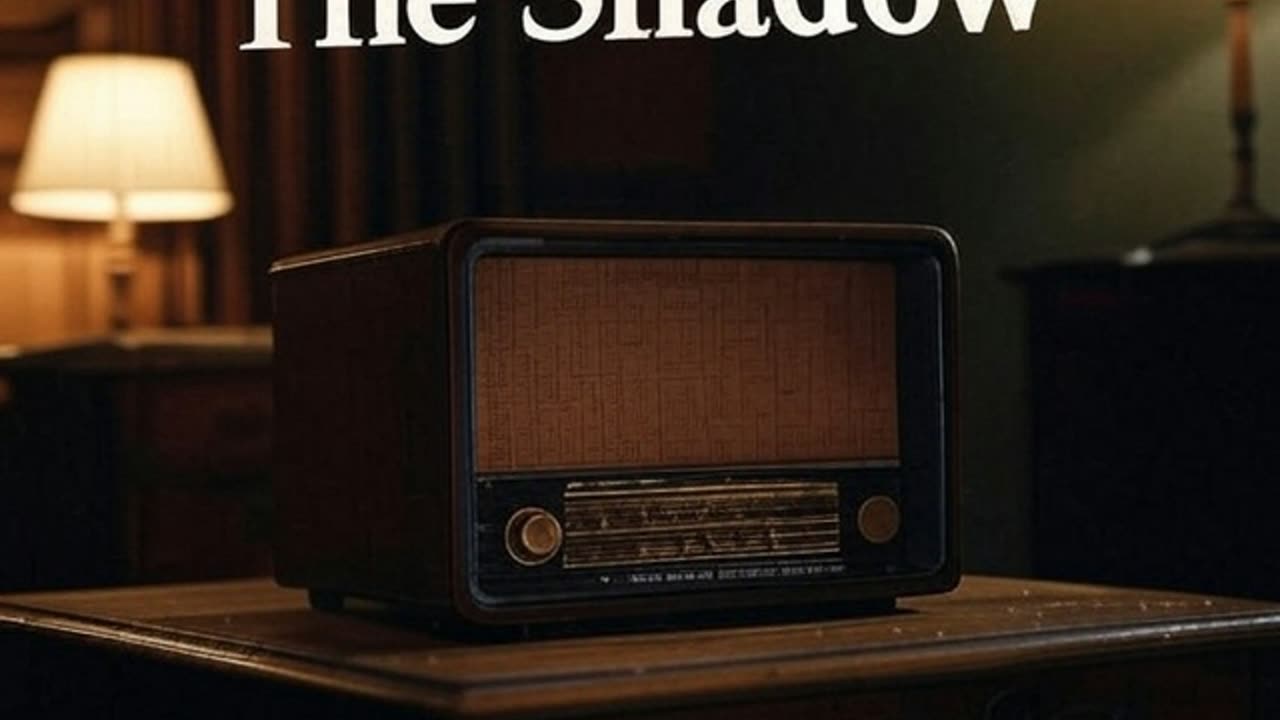
The Shadow: Tomb of Terror (June 19, 1938)
Setting: A contemporary (1938) American city, likely New York, with scenes in an ancient cemetery, a creepy mausoleum, a criminal hideout, and possibly a museum or archaeological site. The episode uses sound effects like creaking stone, dripping water, gunfire, eerie whispers, and footsteps to create a chilling, gothic atmosphere, blending supernatural horror with pulp crime.
Plot:
Introduction: The episode opens with the iconic The Shadow theme, an excerpt from Camille Saint-Saëns’ Le Rouet d’Omphale, followed by announcer Frank Readick’s chilling delivery: “Who knows what evil lurks in the hearts of men? The Shadow knows!” The narrator introduces “Tomb of Terror,” a tale of a sinister plot tied to a cursed or haunted tomb, evoking dread and mystery.
The Premise: The story likely centers on a criminal scheme involving a tomb, possibly containing ancient artifacts, stolen treasure, or a supernatural curse. The “Tomb of Terror” could be a recently unearthed mausoleum, an Egyptian sarcophagus, or a crypt tied to a wealthy family’s dark secret. A crime—such as a murder, theft, or desecration—draws Lamont Cranston and Margo Lane into the case, perhaps after a museum curator, archaeologist, or heiress reports strange occurrences. The villain, possibly a greedy smuggler, occultist, or mobster, seeks to exploit the tomb’s contents, unaware of or deliberately invoking its deadly power.
The Investigation: Cranston, using his dual identity, investigates high-society or academic circles, posing as a scholar or philanthropist, while The Shadow employs his invisibility and hypnotic powers to probe the tomb’s secrets. Margo Lane assists, possibly researching the tomb’s history or infiltrating a suspicious group, such as a cult or gang. The investigation uncovers clues—like a cryptic inscription, a missing artifact, or a witness’s terrified account—pointing to a criminal plot. Key scenes include The Shadow exploring the tomb at night, thwarting a grave robbery, or coercing a henchman’s confession, with sound effects like grinding stone or ghostly moans.
Escalating Horror: The villain’s actions unleash terror, possibly a supernatural force (e.g., a curse, ghost, or animated mummy) or a deadly trap within the tomb. The Shadow faces both human foes and eerie phenomena, with action sequences involving chases through foggy cemeteries or fights in claustrophobic crypts. The criminal’s greed drives the plot, with henchmen meeting grim fates—perhaps killed by the tomb’s curse or The Shadow’s intervention. Margo’s role might involve decoding an ancient text or escaping a trap, while Cranston navigates police skepticism, possibly via Commissioner Weston.
Climax and Resolution: The climax likely occurs inside the tomb, where The Shadow confronts the villain amid a supernatural or mechanical threat—perhaps a collapsing crypt or a spectral guardian. Using his mental powers, The Shadow outwits the criminal, who might be consumed by the tomb’s curse, killed in a trap, or arrested. The artifacts are recovered, and any supernatural threat is neutralized, though an ambiguous hint of lingering dread may remain. The episode concludes with Cranston and Margo reflecting on the case, and Readick’s haunting laugh teasing the next adventure, reinforcing The Shadow’s mystique.
Themes: The triumph of justice over greed, the dangers of tampering with the unknown, and the power of unseen vigilance. The episode blends The Shadow’s pulp crime roots with gothic horror, reflecting 1930s fascination with archaeology and the supernatural.
Cast and Roles:
The Shadow/Lamont Cranston: Played by Orson Welles, delivering a dual performance—suave as Cranston, menacing as The Shadow—with his rich, theatrical voice enhancing the character’s enigmatic aura.
Margo Lane: Played by Margot Stevenson, portraying Cranston’s companion with intelligence and bravery, voiced with poise and urgency, possibly aiding through research or undercover work.
The Villain: Played by an unnamed actor, likely a radio veteran, voicing a greedy or occult-obsessed criminal—perhaps a smuggler or cult leader—with a sinister, commanding tone.
Supporting Characters: Unnamed ensemble actors, including:
Henchmen: Voiced as gritty thugs aiding the villain, meeting grim fates.
Victim/Witness: A curator, archaeologist, or heiress, voiced with fear or determination, providing key clues.
Commissioner Weston (Possible): Voiced as a skeptical police official, if featured, interacting with Cranston.
Announcer/Narrator: Frank Readick, delivering the opening and closing lines, including “The Shadow knows!” with a chilling, echoed effect, framing the story’s suspense.
Note on Cast: The Shadow relied on a skilled radio cast, with Welles and Stevenson as leads, supported by actors doubling in minor roles. Welles’s Mercury Theatre background brought cinematic intensity to the pulp drama.
Production Details:
Music: The theme, an excerpt from Saint-Saëns’ Le Rouet d’Omphale, opens and closes the episode, with incidental music—eerie stings or gothic chords—accentuating horror and action, composed by Mutual’s in-house musicians.
Writer: Likely Walter B. Gibson or Edward Hale Bierstadt, crafting a story rooted in The Shadow’s pulp origins, blending crime, mystery, and supernatural horror inspired by 1930s archaeological fascinations (e.g., King Tut’s tomb).
Director: Likely overseen by the Mercury Theatre team, with Welles’s influence ensuring a dynamic, cinematic production.
Sound Effects: Critical to the episode, including creaking stone, dripping water, gunfire, footsteps, ghostly moans, and collapsing structures, creating a vivid, gothic soundscape. The Shadow’s invisibility might be suggested by sudden silences or distorted voices.
Sponsor: Blue Coal, a heating company, sponsored the 1937–1938 season, with brief ads integrated into the Sunday evening broadcast, typically at 5:30 PM Eastern.
World and National Events Around June 19, 1938:
To provide context for the broadcast, here are key world and national events occurring in mid-June 1938, reflecting the pre-war climate that shaped listeners’ perspectives:
World Events:
Nazi Germany’s Expansion: Germany, under Hitler, annexed Austria in the Anschluss (March 12, 1938) and was intensifying pressure on Czechoslovakia’s Sudetenland, escalating European tensions. Radio news reported fears of war, with the Munich Agreement looming (September 1938), resonating with the episode’s theme of hidden dangers, similar to Lights Out’s horror narratives.
Japanese Invasion of China: Japan’s Second Sino-Japanese War continued, with the Battle of Wuhan (June–October 1938) beginning, causing significant civilian suffering. U.S. radio covered humanitarian concerns, amplifying anti-Axis sentiment, paralleling The Shadow’s fight against evil.
Italian Fascism: Mussolini’s Italy, aligned with Germany, maintained its imperialist stance post-Ethiopia (1936), with negotiations for the Pact of Steel (signed May 1939) underway. U.S. media reported Axis aggression, echoing the episode’s battle against a criminal scheme.
Holocaust Escalation: Nazi anti-Jewish policies worsened, with increased persecution and emigration pressures. Kristallnacht (November 1938) approached, with limited U.S. awareness via radio, aligning with the episode’s grim, foreboding tone.
National Events:
Economic Challenges: The U.S. was navigating the “Roosevelt Recession” (1937–1938), with unemployment at 19%. New Deal programs, like the Wagner Act, supported labor, covered in radio news, reflecting public desire for stability, akin to The Shadow’s restoration of order.
Roosevelt’s Policies: President Franklin D. Roosevelt pushed economic recovery and neutrality, with the Fair Labor Standards Act (passed June 25, 1938) setting a minimum wage and 44-hour workweek. Radio addresses emphasized democratic values, contrasting with the episode’s anarchic crime.
Entertainment and Morale: Hollywood and radio thrived, with films like Snow White and the Seven Dwarfs (1937) and radio shows like The Lone Ranger dominating. The Shadow’s pulp-inspired drama, airing Sundays, offered escapism amid economic and global woes.
Sports and Culture: The 1938 MLB season featured the New York Yankees, with Joe DiMaggio excelling. Benny Goodman’s swing music, like “Sing, Sing, Sing,” defined the era’s vibrant culture, covered on radio.
-
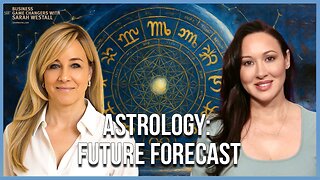 1:06:56
1:06:56
Sarah Westall
7 hours agoAstrological Predictions, Epstein & Charlie Kirk w/ Kim Iversen
56.9K18 -
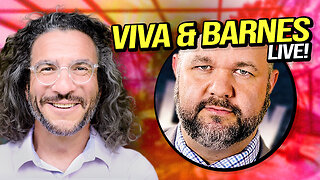 2:06:49
2:06:49
vivafrei
16 hours agoEp. 289: Arctic Frost, Boasberg Impeachment, SNAP Funding, Trump - China, Tylenol Sued & MORE!
220K128 -
 2:56:28
2:56:28
IsaiahLCarter
10 hours ago $4.42 earnedThe Tri-State Commission, Election Weekend Edition || APOSTATE RADIO 033 (Guest: Adam B. Coleman)
21.2K4 -
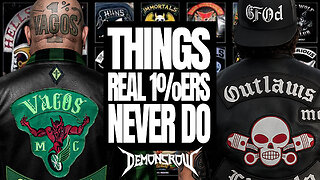 15:03
15:03
Demons Row
6 hours ago $6.13 earnedThings Real 1%ers Never Do! 💀🏍️
30K11 -
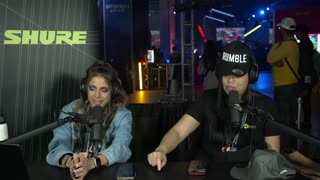 35:27
35:27
megimu32
9 hours agoMEGI + PEPPY LIVE FROM DREAMHACK!
154K12 -
 1:03:23
1:03:23
Tactical Advisor
13 hours agoNew Gun Unboxing | Vault Room Live Stream 044
229K37 -
 19:12
19:12
Robbi On The Record
14 hours ago $19.01 earnedThe Loneliness Epidemic: AN INVESTIGATION
66.5K94 -
 14:45
14:45
Mrgunsngear
1 day ago $113.27 earnedFletcher Rifle Works Texas Flood 30 Caliber 3D Printed Titanium Suppressor Test & Review
114K29 -
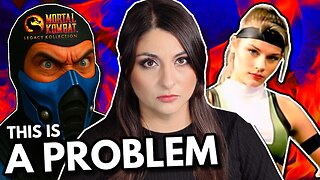 17:17
17:17
Lady Decade
1 day ago $8.17 earnedMortal Kombat Legacy Kollection is Causing Outrage
75.3K14 -
 35:51
35:51
Athlete & Artist Show
1 day ago $14.15 earnedIs Ryan Smith The Best Owner In The NHL?
89.7K11